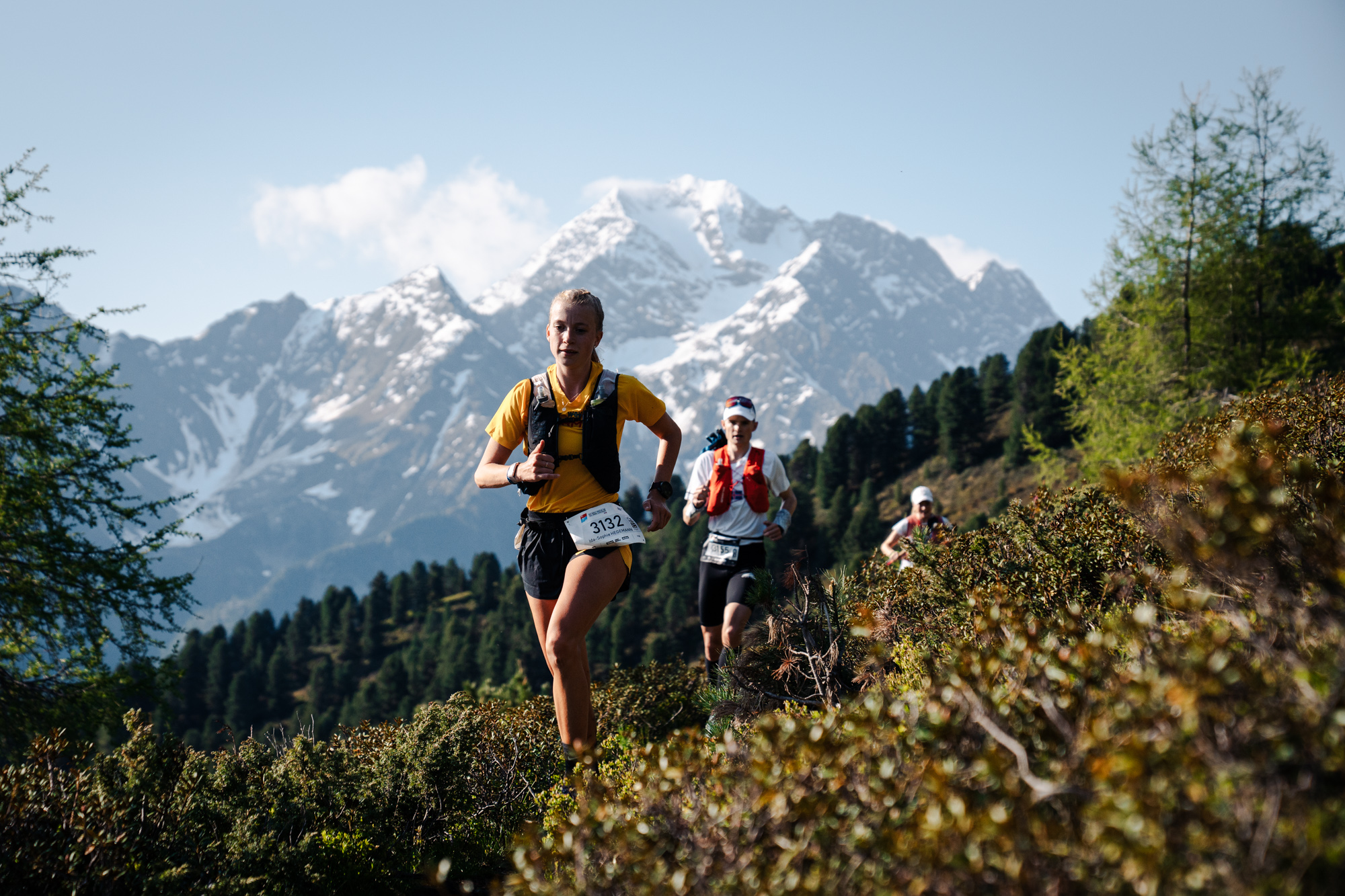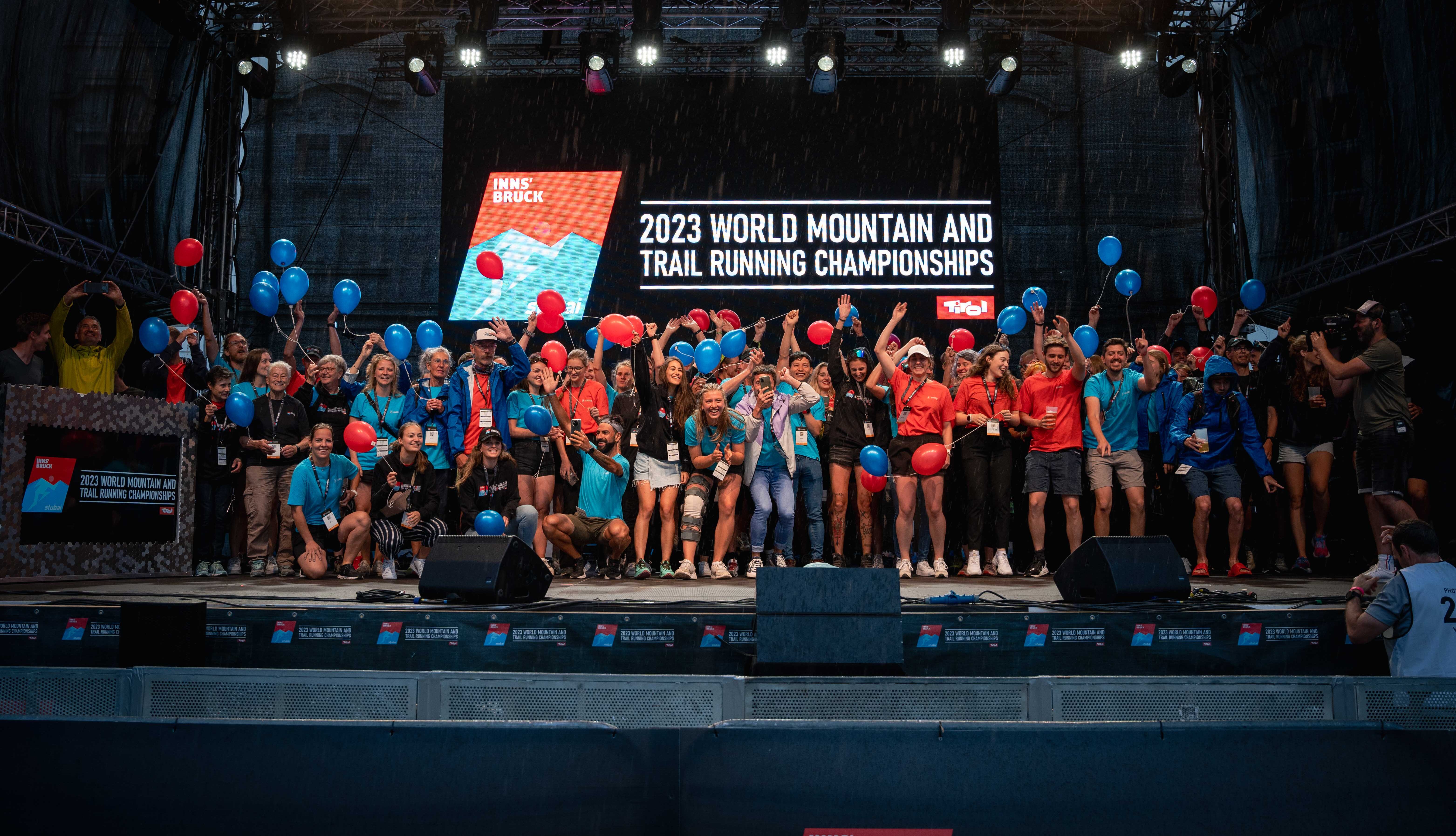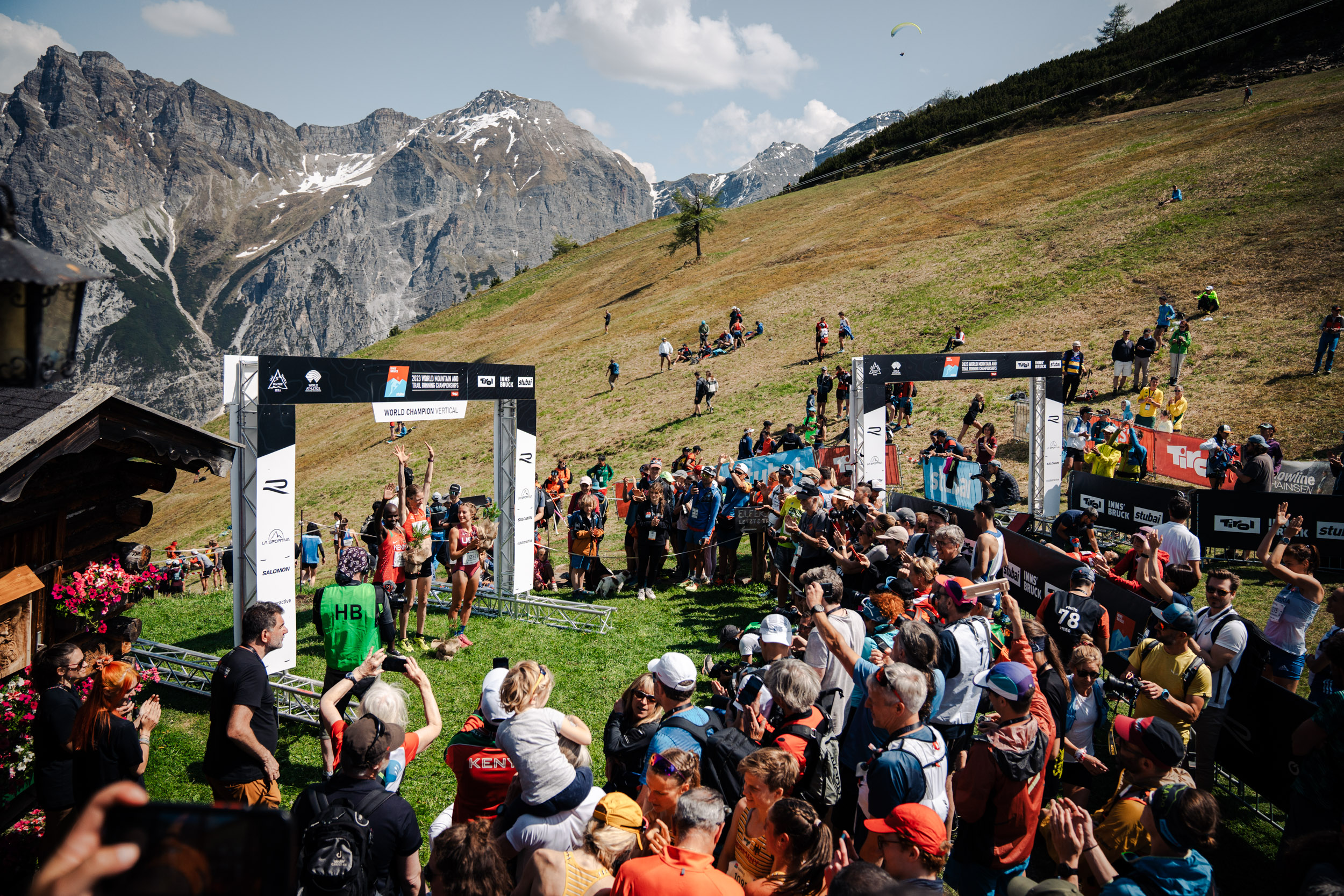Trail runner, coach and sports scientist Gerhard Schiemer gives us some insights into an athlete’s training program in the run up to the WMTRC.
The World Mountain and Trail Running Championships are approaching at a fast pace. What’s in store for the athletes during this phase? What kind of training should they focus on now, seven weeks before the event’s start in Innsbruck-Stubai, which contests should they still participate in? Gerhard Schiemer gives us some insights into what’s in store in the run-up to the season’s main event. Hailing from Lower Austria, he used to be an active trail runner himself; these days, in addition to being a sports scientist he’s also coach of a lot of runners.
“A lot athletes only take up serious running now,” says Schiemer. “Many of them keep fit during winter by means of ski mountaineering and ski touring.” It would be too late to only start working on basic fitness now. While it might be possible to survive and even succeed on a Trail Short with its 44.6 kilometers, it would be too little to stand a real chance over longer distances. “If they haven’t had any preparation so far, it’s too late now.”
The closer we get to the WMTRC’s start, the more route-specific the training should get. “Technical passages, mountain running intervals followed by downhills - those are the things that should be on the program now,” Schiemer says, “as it is very important to prepare for the change in rhythm.” Apart from being fit running-wise, the athletes should be firm in their step. “Even the elite athletes won’t keep up a running pace throughout such events and over such distances. This is why a proper gait, supported by either the upper body - and arms - bent forward, or by trail running poles, is important,” Schiemer explains.
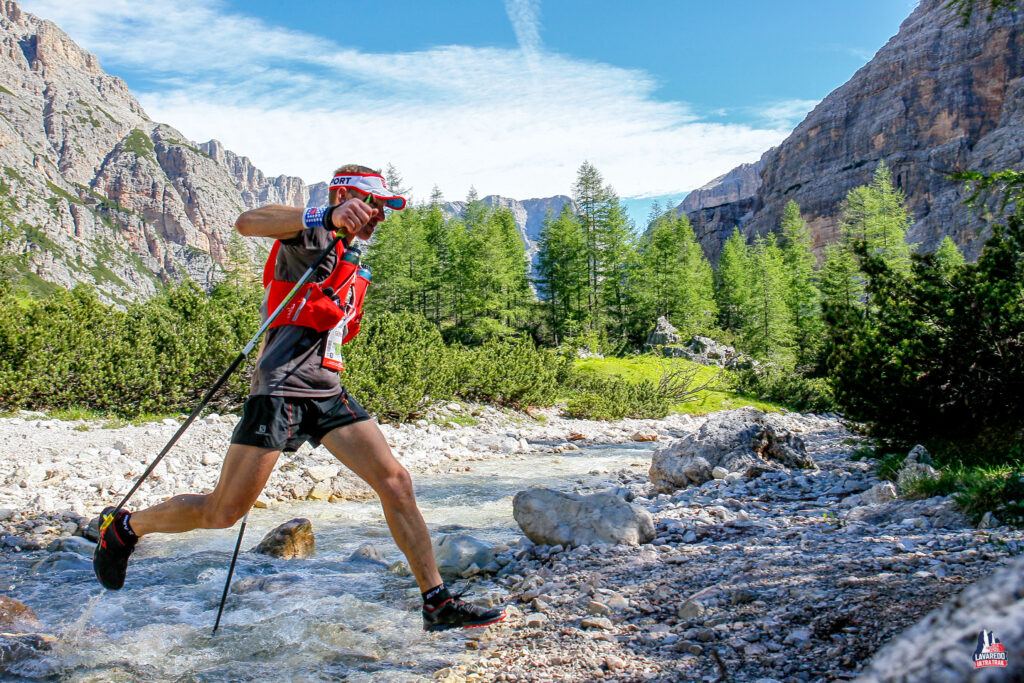
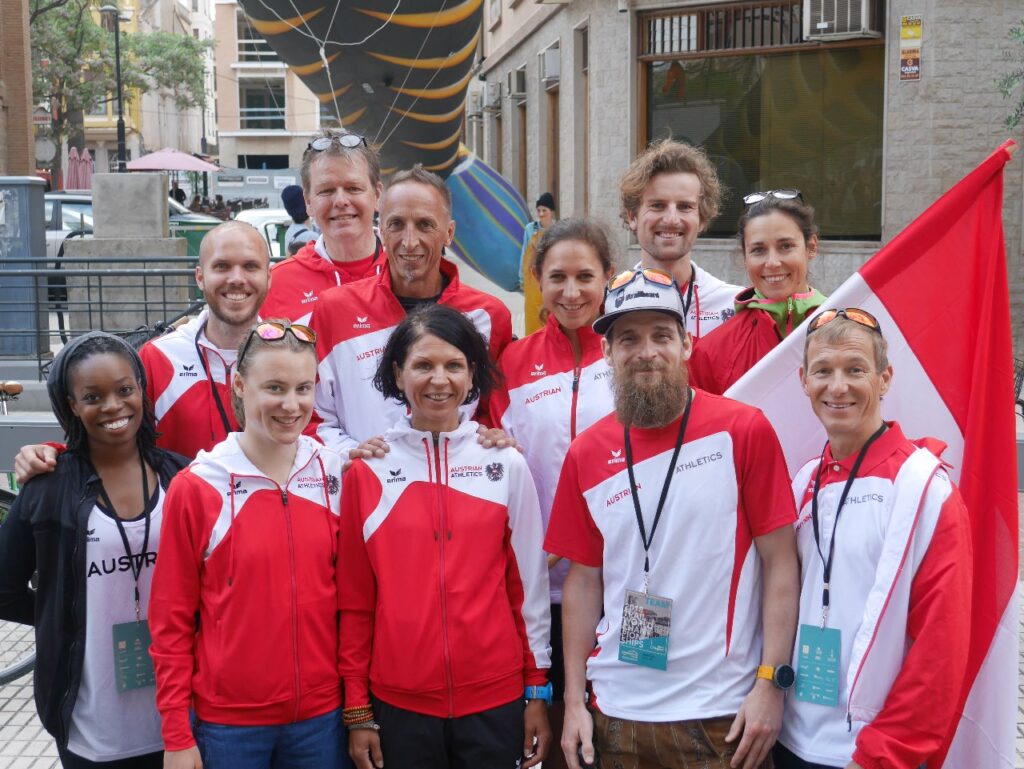
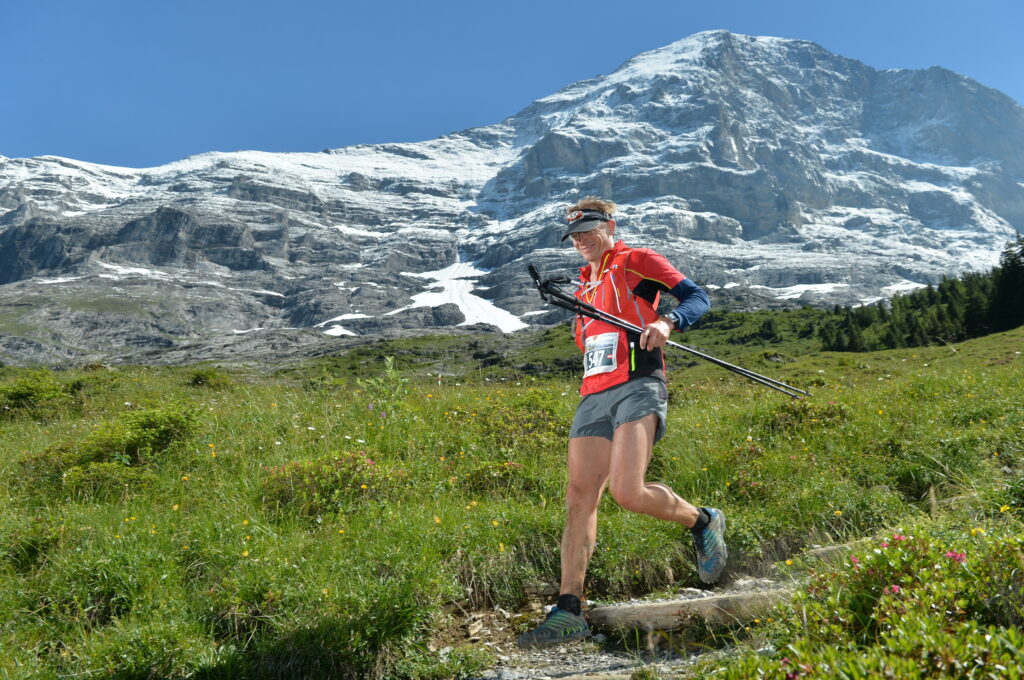
Seven weeks prior to the season’s highlight, tempo units are still possible, however, with just about 50 days to go, the focus should be on longer units, “with as little in terms of food provisions as possible in order to boost the lipid metabolism. Food rations should only increase again around three to four weeks prior to the WMTRC in order to be well-fed once the races kick off.” By the way, it doesn’t pay off to starve oneself after a tough unit: “You need to make sure to get enough proteins and carbs; anything else would be counterproductive.” Keeping or achieving the right weight is a pretty fine line in general. “It should be neither too much nor too little, as this would go hand in hand with losing power and stamina,” explains Schiemer. “It doesn’t make sense to lose an extra two kilograms if this means you lose more stamina than you cannot make up for with less weight.” Most world-class athletes know their boundaries and their ideal weight-stamina ratio. “Some of them start into the spring with their winter flab, which is not a problem as they are going to burn it off during their basic training anyway.”
Said training obviously includes contests; athletes planning on competing in the Trail Short should participate in their final race, covering a distance of approximately 25 kilometers, no later than four weeks prior to the WMTRC. “More often than not they compete up to one or two weeks prior to a major event, as they will factor in a time buffer for potential injuries.”
Für die Trail-Long-Teilnehmer ist mit langen Distanzen 50 Tage davor schon Schluss. „Rund zwei Monate davor könnte man ein Ultra-Rennen noch vertragen. Dann wären immer noch zwei Wochen Pause zur Erholung vor dem letzten Vorbereitungszyklus“, rechnet Gerhard Schiemer vor. Rumpfstabilität und Athletiktraining rücken jetzt in den Hintergrund. „Und wenn, dann sollte Bewegung trainiert werden, weil auch wenn man statisch super stabil ist, kann man es eventuell nicht in Bewegung umsetzen“, sagt Schiemer.
Two weeks prior to the main event in Innsbruck-Stubai, the focus should be on tapering, which translates to an obvious reduction in terms of training volume, “at least 40 percent less, and even more than that for ultra runners as they will still cover more than 100 kilometers per week when reducing their usual volume by 40 percent.”



